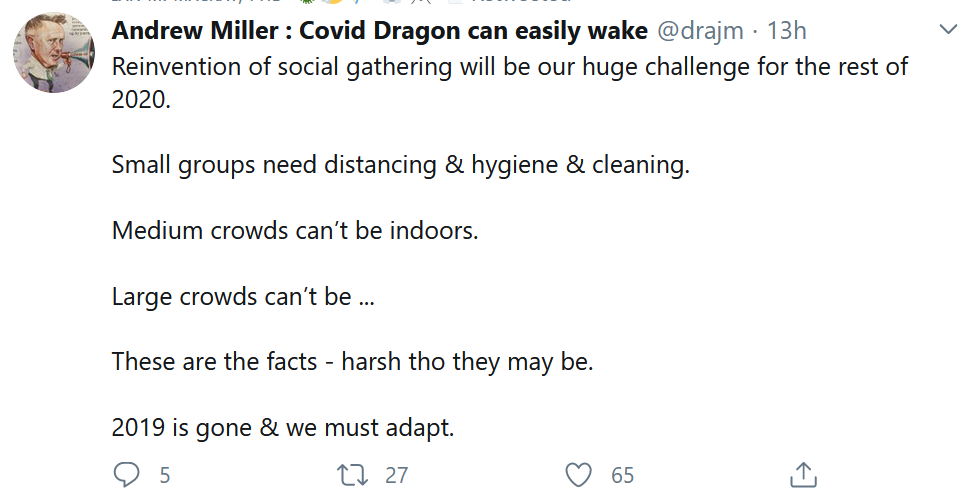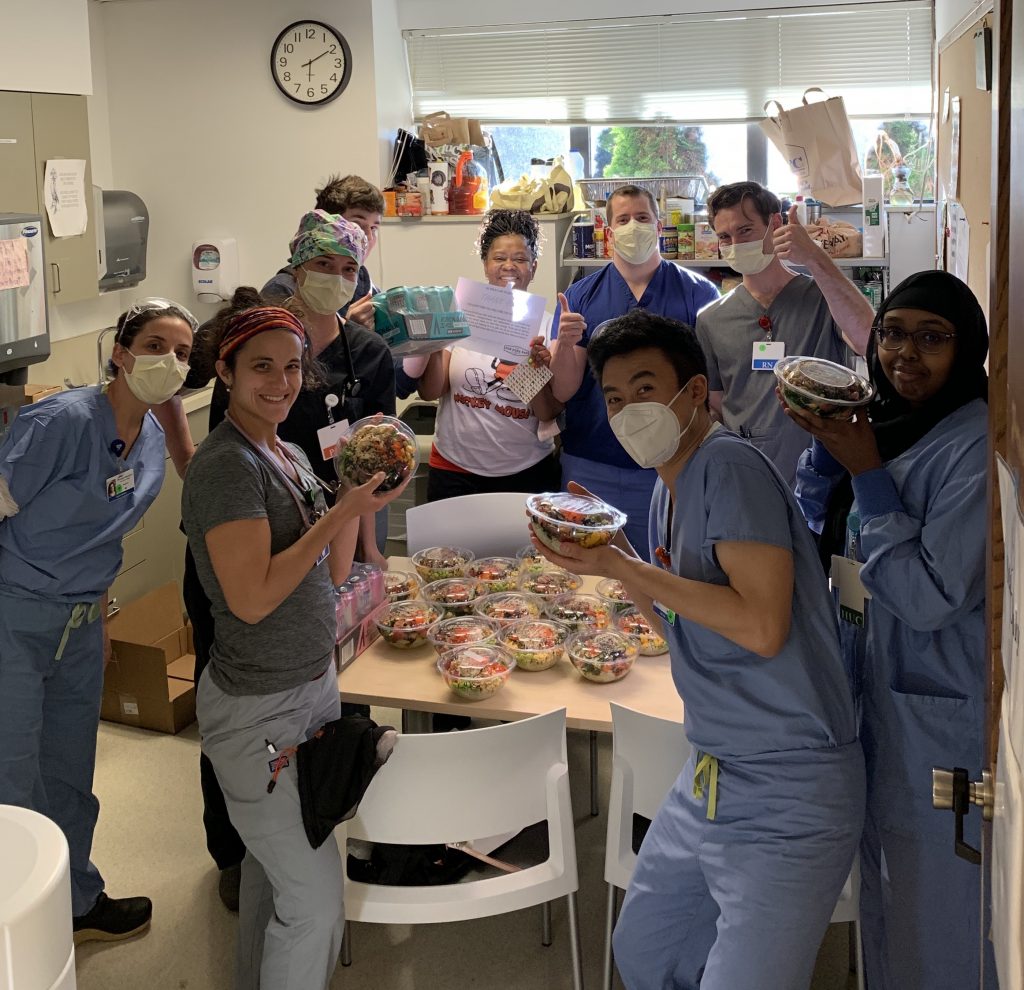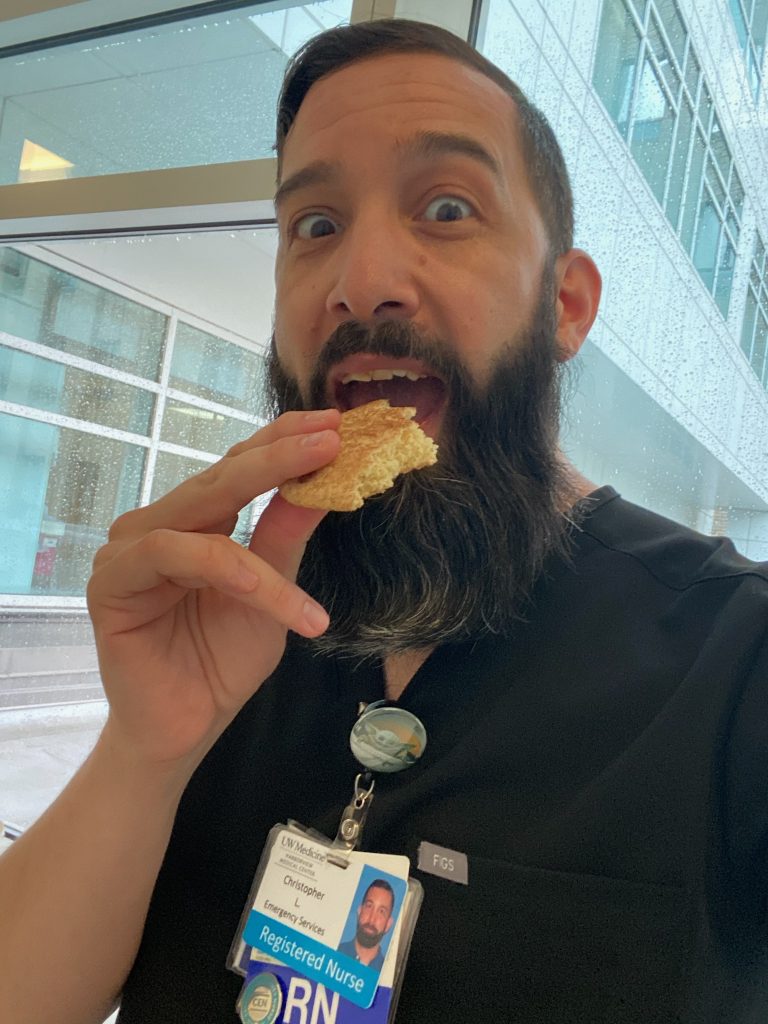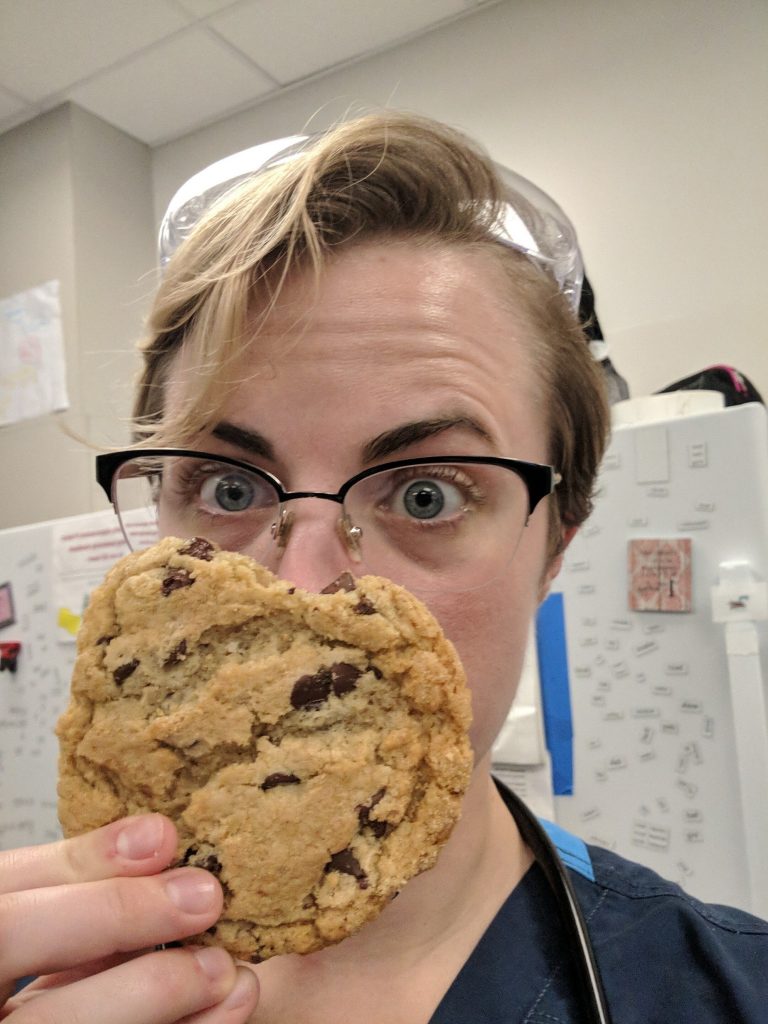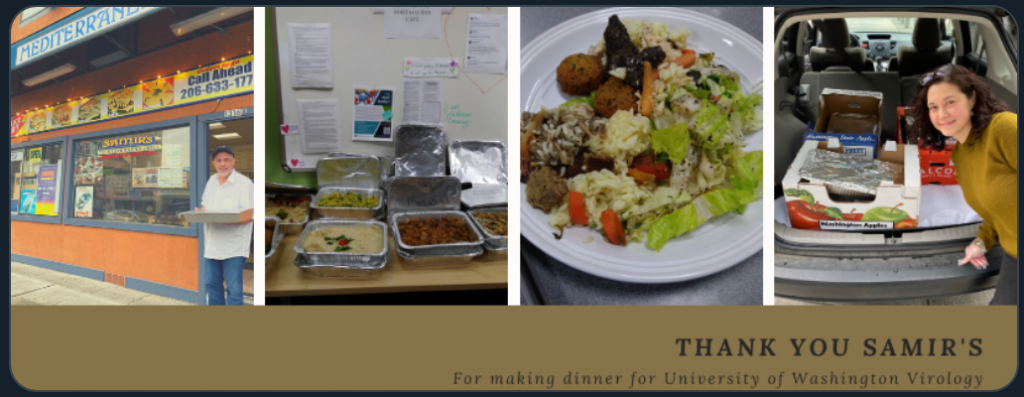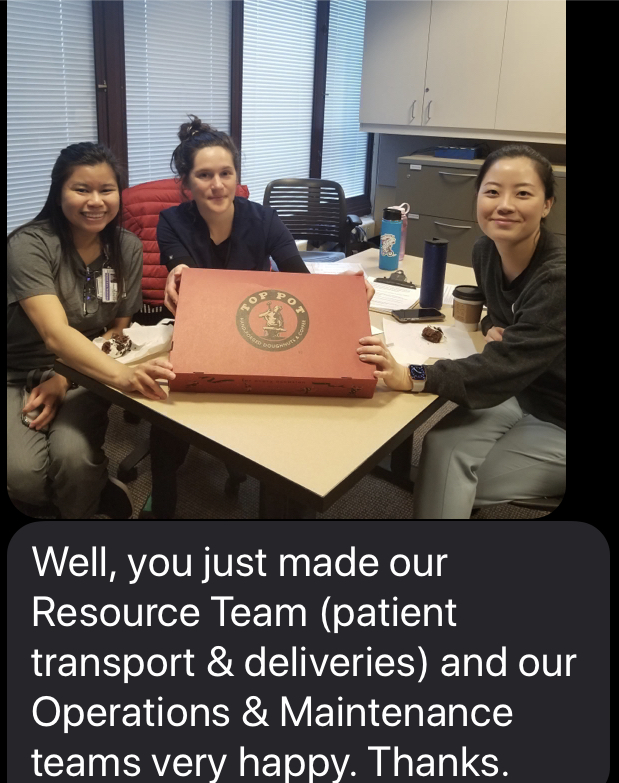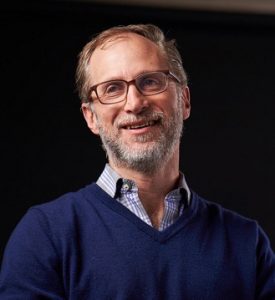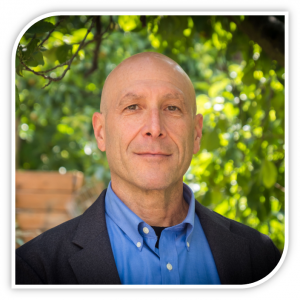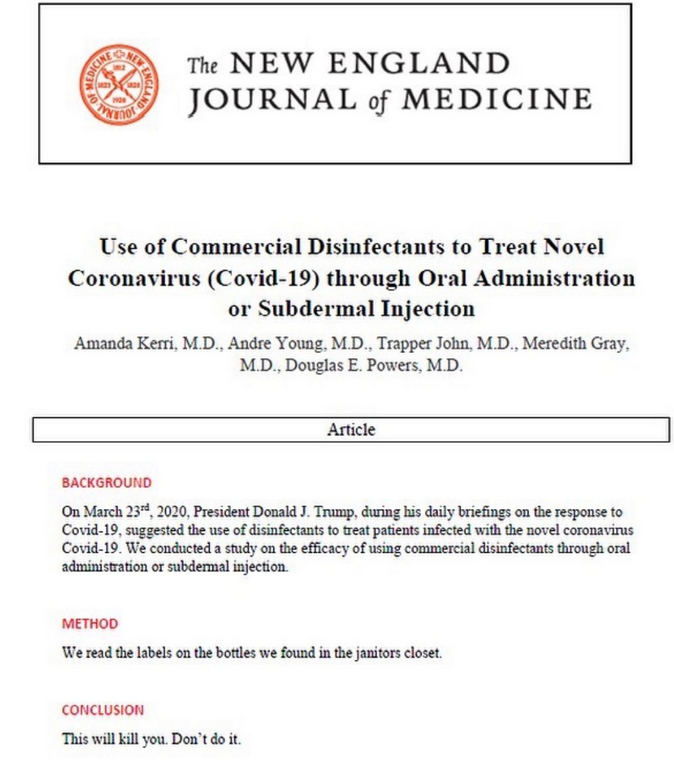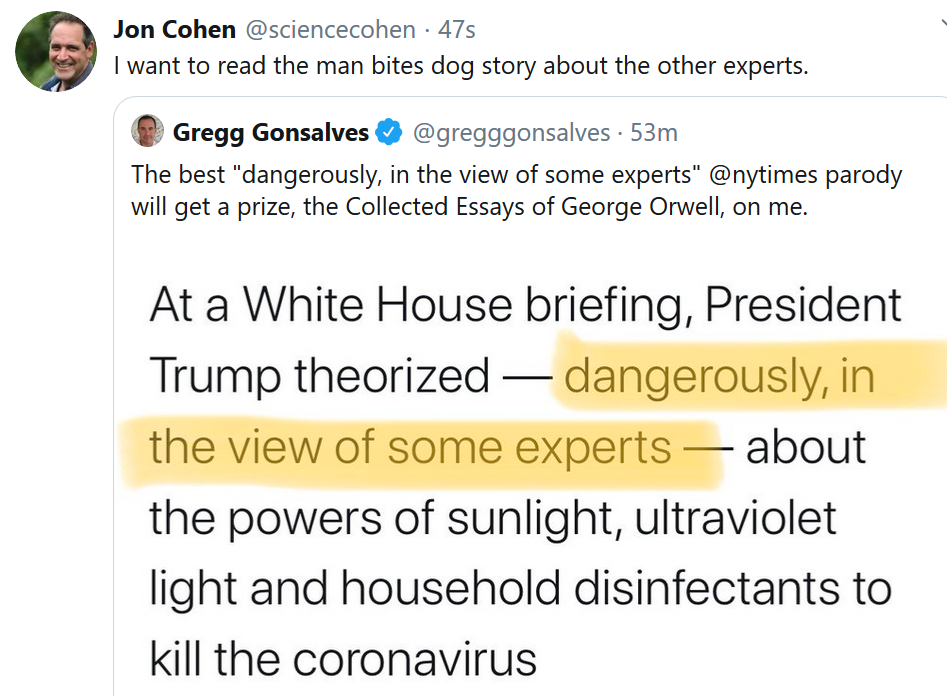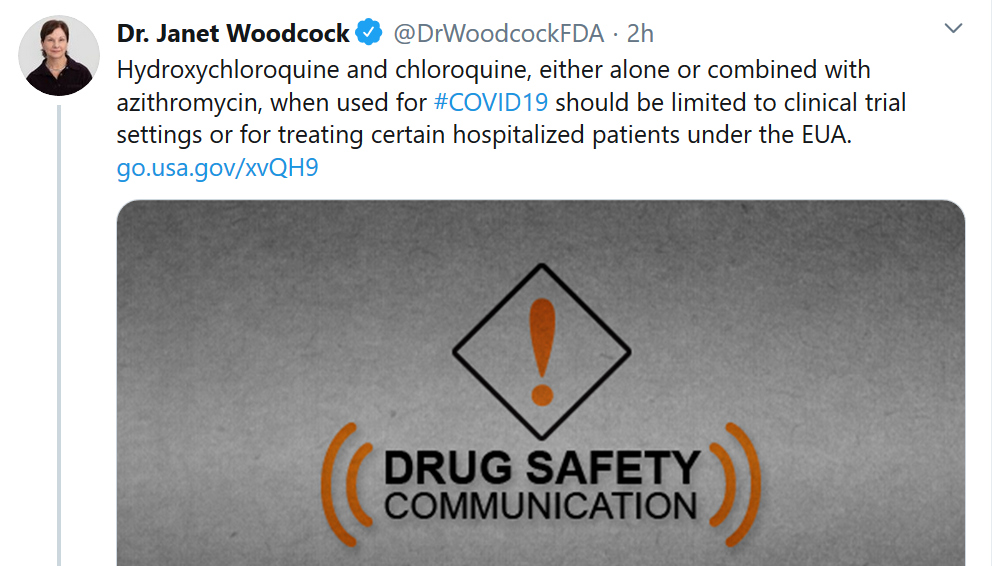Get In-depth Biotech Coverage with Timmerman Report.
14
May
2020
Meet My Friend Who Supported Trump in 2016
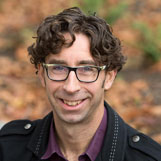
Luke Timmerman, founder & editor, Timmerman Report
[This week, I’m re-publishing this column written Nov. 9, 2016. It’s probably more important to read now.—Luke]
I’ve been dreading this moment since June. That’s when I started telling people: Trump was going to win. I could feel it in my bones, because of where I’m from.
We’ve heard enough by now that the elites have let us down. The elites in politics, business, and the media couldn’t see what Donald Trump was tapping into. Most of these successful people (including you) live in islands of prosperity, coastal cities full of highly educated folks doing interesting work. The economy is improving in those places. The future looks bright, right?
The electoral map tells us a different story. Vast geographic stretches of people voted red, for a guy who ran as an authoritarian candidate, not a traditional Republican. It’s a powerful statement against the establishment.
I know these voters well. I spent the first 18 years of my life growing up on an 80-acre family farm in Grant County, southwestern Wisconsin. I grew up driving tractors, shoveling pig shit, and spreading it as fertilizer on corn fields.
All around me were people who owned guns, went deer hunting, did manual labor, and told off-color jokes. Most of these people were interested in family and traditional values. They weren’t that interested in advancing the causes of historically disadvantaged groups—women, minorities, gays. While I was fortunate to grow up in a stable, loving, two-parent family, I recognize the environment painted by J.D. Vance in his excellent memoir “Hillbilly Elegy.”
When I went to college in the liberal haven of Madison, Wisconsin, and pursued a career in journalism, I left most of that world behind. I stayed in touch with my family and a small group of high-school friends. But, essentially, I emigrated from working class, blue collar, rural America to wealthy, elite America.
It’s VERY rare for someone from my socioeconomic background to travel the journey I’ve traveled. Almost nobody I know in journalism or biotech grew up on a farm, qualified for reduced-price lunches at school, or came from a blue-collar family like me. They came mainly from the suburbs, from more privileged backgrounds.
These days, I spend my time in a very privileged zone. Running this newsletter, writing for Forbes, and hosting the Signal podcast means interacting with people who graduated from Ivy League schools, CEOs of companies, and high-level government officials. After a while, it gets comfortable. Normal. It’s easy to forget where you come from.
Even for me, living in urban, liberal Seattle, it’s easy to quickly become blind to vast swaths of America.
Until this past summer, when I had a deep, two-hour conversation with a friend I’ve known since middle school in Platteville, Wisconsin. I’ll call him J.
He is in his early 40s, with two teenage kids, living in a western state. He’s a skilled tradesman who installs sports equipment for schools and churches. He makes a decent middle-class living, and he travels the country on jobs. He also does a little driving on the side for Uber. He’s alone a lot while traveling, and he listens to a lot of conservative talk radio.
J sat in my living room and talked at length, in matter-of-fact tones, about why he was supporting Trump. I told him I strongly disagreed, but I didn’t try to talk him out of it. I decided this was a time for me to listen, and for him to talk.
“The system is broken. Corrupt.”
“We need to blow the whole thing up. Push the reset button.”
“It can’t get any worse.”
“Trump’s not perfect, but he’s not beholden to anyone.”
This kind of apocalyptic view didn’t seem to square with his economic experience. J doesn’t have a college degree, but he’s done well financially for himself and his family. We’ve both flown to Pasadena to watch our beloved Wisconsin Badgers play in the Rose Bowl more than once. J’s experience tells me Trump’s appeal is cultural more than economic.
Despite J’s economic success, he has some serious anxiety and resentment beneath the surface. He rails against the popular notion that “everybody must get a college education” to get ahead, that the economy should be only knowledge-based. This has been an uplifting message of both political parties for a long time. That cultural value system, and programs to advance that policy objective, have created a lot of opportunity for people who previously had limited educational opportunity.
It also has created a downside: People like my friend J feel like second-class citizens because of a lack of college education. He feels condescended to in the media, and laughed at in sit-coms and movies. Conservative talk radio fans the flames. Think about how many people who work in construction, at the post office, in the trash hauling business, feel the same way. They want a president who takes them seriously.
It would be easy to write off my friend J as narrow-minded and simple. That’s where too many elites go wrong. He may not be formally educated, but he’s one of the most curious people I know – much more curious about biotech than most college-educated people. J always wants to hear about the exciting advances I’m writing about in biotech. He pulls out his iPhone and avidly listens to the Signal podcast.
After one show on the rise of superbugs, he wrote:
I really wish that kind of topic would make more news. People really have no clue how much damage can be done to themselves and others. It’s good that the medical community is getting on top of it, but the public really needs to be educated. My biggest complaint with your podcast is there is not enough of them.
These are the words of someone who cares about his country, cares about issues, just like I do. He’s not a wingnut.
There certainly are angry people out there, and many of them have reason to be angry at the establishment. When I drove my family hundreds of miles across the American West this summer to vacation in Yellowstone National Park, I saw some troubling things. There were destitute run-down buildings in Montana, where heroin and oxycodone was easy to spot.
In eastern Idaho, I saw a giant Confederate flag hoisted above the American flag. Further down that same junk-strewn highway, when I stopped for lunch with my African-American wife and daughter, a man driving a sport-utility vehicle gave me a 30-second, intimidating staredown.
Message: Your kind isn’t welcome here.
These people are being left behind, and that’s not right.
Today, after the Trump victory, my friend J was cautiously optimistic. “At the very least, it is a massive shake up to our political system, that definitely needs the shaking,” he wrote.
The pharmaceutical industry may be breathing easy today, knowing that Clinton’s drive to corral drug prices has been squashed. Thoughtful people in this industry are working on solutions focused on people in red America, but there aren’t enough.
This industry would be wise to remember that it serves the whole country, the whole world. It’s easy to get comfortable with the tiny slice of elite investors, elite media, elite physicians, and elite scientists we know personally. It’s easy to forget everyone else.
As people re-assess the pharma industry’s social contract, it’s important to remember just how big a place the world is.
Now on to the highlights of the week in biotech
Story of the Week
- An Outbreak of Severe Kawasaki-like Disease at the Epicenter of the SARS-CoV-2 Epidemic in Italy. Observational Cohort Study. The Lancet. May 13. (Lucio Verdoni et al).
This, in my view, was the single most disturbing scientific report of the week. Turns out kids aren’t bulletproof to COVID19, after all. This new cohort study from Italy reinforces a similarly mysterious case series of massive inflammation and multi-organ failure in kids in New York City, which was closely followed by corroborating reports from doctors in France.
This toxic shock syndrome in kids is deeply worrying to parents. It could also be an eye-opener for the large and vocal faction in the US that has been arguing that we should shrug off the pandemic partly because “oh, it’s just old people dying.” We can’t shrug off the virus and turn the clock back to 2019. That’s not going to happen. People are dying. Many more will die because of our inaction and incompetent federal leadership. As a result, we have to come to terms with a new way of life.
It’s up to us how we reinvent the world.
The Wild West
- “After Wisconsin court ruling, crowds liberated and thirsty descend on bars. ‘We’re the Wild West,’ Gov. Tony Evers says.” (See Washington Post coverage with infuriating pictures).
Compare that with the NYT caseload chart for Wisconsin. The rate of new cases in Wisconsin is slowing. Good. But the bear hasn’t yet been wrestled to the ground. The virus is nowhere close to contained.
It’s way too early to declare victory and hit the bars. Based on what we know about the epidemiology, you can set your calendar for an increase in cases in Wisconsin in 2-3 weeks. Part of me wants to scream at the people who are jamming themselves in, elbow-to-elbow into the bars without masks. Many probably don’t know anyone with COVID19. Many probably think the media elites are manufacturing fear and controversy. Many want to “own the libs.” Many take delight in thumbing their noses at Gov. Tony Evers, a Democrat who had extended the state’s stay-home order, until it was struck down by the conservative majority on the Wisconsin Supreme Court.
Many of these protesting citizens also know 85,000 are dead, the death toll grows every day, and that’s terrible.
But people do seem to forget many relevant facts. Such as:
- As of mid-May, we are still way behind on testing, with about 320,000 nationwide performed per day (compared to the target of 5 million a day a Harvard team has said we need to be doing by early June).
- Based on serology testing to date in hotspots, most epidemiologists believe we probably have 10 times as many cases in the US than the 1.4 million currently confirmed.
- People also seem to forget that asymptomatic people spread the disease – i.e. we likely have millions of people who have no idea they are sick who are out and about infecting others.
- Many people probably don’t realize the emerging risk for kids. It might take a few weeks for the reports about toxic-shock syndrome in children in New York, Italy, and France to sink in.
It’s a lot to ask members of a free society to stay up-to-the-minute on all the fast-moving science news. Especially when so many have been coached to distrust everyone and everything. But now that quite a few people seem to think they’ve “sacrificed enough” and it’s time to hit the bars, we have to brace ourselves for a lot more sacrifice.
Science
- Should COVID19 Take Advice from Rheumatologists? The Lancet. May 7. (Kate Kernan and Scott Canna)
- Performance of the rapid Abbott ID NOW, the 5-minute Test for SARS-CoV-2 Infection in nasopharyngeal swabs and dry nasal swabs (It was basically useless). BioRxiv. May 12. (Atreyee Basu et al at NYU Langone Health). Abbott questioned the study methods.
- Seroprevalence Study Shows 5% of Spaniards Have Antibodies to Coronavirus, and 90% of Infections Were Undetected by Healthcare System. El Pais. May 14. (Borja Andrino et al)
Science Features
- Legendary Virologist Peter Piot, Who Fought HIV and Ebola, on His Near-Death Experience with COVID-19. Interview with Science. May 8. (Dirk Draulans)
- One Benefit. The Expansion of Telemedicine. NYT. May 11. (Jane Brody)
- This Supernova in Human History Will Need Many Perspectives to Understand. STAT. May 14. (Vinay Prasad and Jeffrey Flier)
- Everything You Need to Know About Herd Immunity. Elemental. May 13. (Tara Haelle)
- How Gilead Prepared for the Big Moment with Remdesivir. Bloomberg News. May 14. (Robert Langreth)
- COVID19 Brings Health Disparities Research to the Forefront. NIH Director Blog. May 14. (Francis Collins)
Testing
- The Testing Strategy We Need to Reopen Safely. Time. May 13. (Scott Gottlieb)
Treatments
- Monoclonal Antibodies. Why Are You Optimistic? In the Pipeline. May 14. (Derek Lowe)
- Hydroxychloroquine in 150 Hospitalized Patients in China. A Failed Randomized Study. BMJ. (Wei Tang et al)
Investigations
- Hackers linked to Iran Targeted Gilead Sciences. Reuters. May 8. (Jack Stubbs & Christopher Bing)
Policy & Politics
- Official CDC Reopening Guidelines for States, Silenced by the White House. (Full document)
- Highlights of Tony Fauci Congressional Testimony. STAT. May 12. (Lev Facher)
- To Restart Business, Protect Workers. Bloomberg Opinion. May 11. (Michael R. Bloomberg)
- We’re Retreating. Let’s Call the New COVID19 Strategy What It Is. Washington Post. May 13. (Leana Wen)
- We Need to Enter the Fifth Stage of Coronavirus Grief: Acceptance. The Sooner We Accept the New Normal, the Sooner and Safer Reopening Will Be. Washington Post. May 14. (Tom Frieden)
- Rick Bright Warns The Crisis Will Worsen Without Fast Federal Action. Politico. May 14. (Sarah Owermohle and Dan Diamond)
Strategy
- Long Range Planning Reframed as “Leaders Require Purpose.” LifeSciVC. May 8. (Rene Russo)
- Why Big Investors Aren’t Betting It All on a Coronavirus Cure. WSJ. May 14. (Gregory Zuckerman)
Vaccines
- A Strategic Approach to COVID19 Vaccine R&D. Science. May 11. (Larry Corey, John Mascola, Tony Fauci, and Francis Collins). BONUS: Listen to Larry Corey on The Long Run podcast.
- Let’s Say There’s a Vaccine for COVID19. Who Gets It First? Wired. May 12. (Adam Rogers)
The Dysfunctional US Health Care System
- Why 1.4 million US Healthcare Jobs Have Been Lost During a Huge Health Crisis. NYT Upshot. May 8. (Margot Sanger-Katz)
- America’s True COVID19 Death Toll Already Exceeds 100,000. NYT. May 13. (Nicholas Kristof)
Manufacturing and Access
- Gilead Signs Deals with 5 Generic Manufacturers in India and Pakistan to Boost Remdesivir Production. (Gilead statement)
- HHS Announces US Distribution of Remdesivir to Certain States. May 9. (HHS statement)
- France Says It Would Be ‘Unacceptable’ if Sanofi Provides a COVID19 Vaccine to the US Market First. May 14. Agence France-Presse.
Thinking Big
Illumina and Genomics England are teaming up on a study across the UK’s National Health Service. They’re doing whole genome sequencing on 20,000 people currently or previously in an intensive care unit with SARS-CoV-2, plus another 15,000 people with mild or moderate symptoms.
Personnel File
Dr. Michelle McMurry-Heath was named the new president and CEO of the Biotechnology Innovation Organization. She replaces Jim Greenwood on June 1. Dr. McMurry-Heath represents quite a turn in direction at the industry trade group. She has outstanding credentials as a physician-scientist. She has experience at the FDA and in regulatory affairs at Johnson & Johnson. She’s African-American. She speaks about social justice. All of this makes for a strikingly different background than her predecessor, who came to BIO primarily because of his political relationships and knowledge from the years when he was a Republican member of Congress from Pennsylvania. I don’t know Dr. McMurry-Heath. But I am happy to see a black person get the top job at BIO, and am eager to see what she does in this role. See STAT’s coverage of the new BIO leader.
Moncef Slaoui was tapped to head up the vaccine effort for Operation Warp Speed, the US federal government response. He’s a partner with Medicxi Capital, and a former head of GSK’s vaccines division.
Mike Varney is stepping down from one of biopharma’s most scientifically influential jobs as head of Genentech Research and Early Development (gRED). He’s leaving at the end of July. He’s being replaced by Aviv Regev, a faculty star at the Broad Institute, and a leader of the Human Cell Atlas. (See Dr. Regev’s comments for a December 2019 TR article on the emergence of single-cell sequencing).
Atul Gawande, the celebrated surgeon and author, stepped down from his role as CEO of Haven, the Amazon-JPMorgan-Berkshire Hathaway backed company. He said he plans to focus more on COVID-19.
Cambridge, Mass.-based Celsius Therapeutics, a company leveraging single-cell sequencing techniques for the treatment of cancer and autoimmunity, hired Jeanne Magram as chief scientific officer. She replaces Christoph Lengauer, a partner at Third Rock Ventures who co-founded the company, and who will remain as an advisor and board member to the startup. Rene Russo, CEO of Xilio Therapeutics, also agreed to join the Celsius board.
Waltham, Mass.-based AMAG Pharmaceuticals cut 30 percent of its workforce, or 140 workers.
Financings
- Cambridge, Mass.-based QurAlis raised $42 million in a Series A financing to advance R&D against amyotrophic lateral sclerosis and other neurodegenerative diseases.
- Cambridge, Mass.-based Dyno Therapeutics came out of stealth mode, generally describing its work on novel capsids that are supposed to improve AAV viral vectors, especially for delivery in ophthalmic, muscle, central nervous system, and liver disease. The company raised $9 million from Polaris Partners and CRV in 2018.
- Palo Alto, Calif.-based Kriya Therapeutics raised $80.5 million in a Series A financing to develop gene therapies.
- South San Francisco-based Sutro Biopharma, the developer of protein drugs in a cell-free manufacturing system, raised $98 million in a stock offering of 12.6 million shares at $7.75 apiece.
- San Rafael, Calif.-based BioMarin Pharmaceutical raised $550 million in a convertible debt offering.
- Newark, Calif.-based Protagonist Therapeutics raised $98 million in a stock offering of 7 million shares at $14 apiece.
- Quest Diagnostics raised $550 million in a debt offering.
- Cambridge, Mass.-based Axcella raised $52.3 million in a stock offering.
- Cambridge, Mass.-based Akebia Therapeutics, a developer of drugs for kidney disease, raised $132 million in a stock offering of 11 million shares at $12 apiece.
- Gaithersburg, Maryland-based Novavax said it stands to collect as much as $388 million from CEPI to develop its COVID19 vaccine candidate.
- Menlo Park, Calif.-based Frazier Healthcare Partners said it put $15 million into a Series A financing for Lengo Therapeutics, a precision oncology company. Mike Gallatin, Roger Ulrich, Jim Bristol and Bruce Roth are all involved, working with partners in India.
- New York-based Stellar Health, a health tech company, raised $10 million in a Series A led by Point72 Ventures.
Deals
Cambridge, Mass.-based Bluebird Bio and its partner, Bristol-Myers Squibb, were dealt a whopper of a setback at the FDA. The regulatory action said it can’t yet begin to review the application submitted to review ide-cel (bb2121), a BCMA-directed CAR-T immunotherapy for patients with multiple myeloma. The agency said more detail is required in the chemistry, manufacturing and control section of the application – and it can’t begin a formal review of the application until that work is done.
That’s a screw-up. The same day it announced this unforced error, Bluebird announced that it had renegotiated its partnership. BMS agreed to pay $200 million now so it doesn’t have to pay Bluebird milestones and royalties in the future on sales generated outside the US for both ide-cel and a second-generation BCMA-directed cell therapy. The companies will continue to split sales equally in the US. Bluebird stock traded as high as $63.55 the day before the announcement, and closed May 14 at $54.06.
Boehringer Ingelheim agreed to acquire Northern Biologics, a developer of drugs aimed at the tumor microenvironment. Terms weren’t disclosed.
Kirkland, Wash.-based Prevencio agreed to work with Seattle Children’s Research Institute to repurpose the Prevencio blood testing platform to detect signs of Kawasaki syndrome, a rare and very dangerous inflammatory reaction similar to the kind of inflammation seen in children with SARS-CoV-2 infections.
Data That Mattered
Brisbane, Calif.-based Myokardia said it hit all primary and secondary endpoints in a Phase III study of its mavacamten treatment for hypertrophic cardiomyopathy. The company issued a standard top-line press release with statistically significant p-values, showing the favorable result was not the result of chance. Like many companies in this enviable spot, MyoKardia held back the more meaningful details on the magnitude of clinical benefit seen in patients on the drug compared with the placebo. That will come later at a medical meeting, the company said. Immediately after announcing success, MyoKardia cashed in on the momentum in its stock price. It raised $551 million by selling 5.25 million new shares at $105 apiece on May 12. Shareholders won’t mind the minor dilution, as shares rocketed from $61.09 prior to the announcement all the way to $118 on May 14.
Regulatory Action
AstraZeneca and Merck won FDA clearance to market the PARP inhibitor olaparib (Lynparza) as a maintenance therapy for patients with advanced ovarian cancer, in combination with Roche/Genentech’s VEGF inhibitor bevacizumab (Avastin). The approval is for patients with homologous recombination deficiency, an umbrella term that includes patients with a BRCA gene deletion, suspected BRCA gene mutation, or genomic instability. The drug was found to extend survival by a median of 20 months in combo with the VEGF inhibitor, compared with the VEGF inhibitor alone.
Eli Lilly won FDA approval for selpercatinib (Retevmo) for patients with lung and thyroid cancers driven by RET gene mutations or fusions. This is one of the drugs Lilly obtained through its $8 billion acquisition of Loxo Oncology.
Abbott Laboratories won an FDA Emergency Use Authorization of a new COVID19 antibody blood test that runs on its Alinity i System. It has 99.6 percent specificity and 100 percent sensitivity, the company said. The new test is part of Abbott’s plan to ship 30 million antibody tests worldwide in May.
RUCDR Infinite Biologics, a bioprocessing lab affiliated with Rutgers University, won FDA clearance for the first saliva-based at-home test to detect SARS-CoV-2 infections. The test was developed in collaboration with Spectrum Solutions and Accurate Diagnostic Labs.
Quidel won FDA Emergency Use Authorization for a SARS-CoV-2 antigen test that can be run in 15 minutes. It detects active infection in samples collected from nasopharyngeal swabs, like the existing PT-PCR tests. It’s not as accurate as RT-PCR tests, but can be performed in point-of-care settings that have Quidel’s benchtop Sofia 2 analyzer.
Tweetworthy

